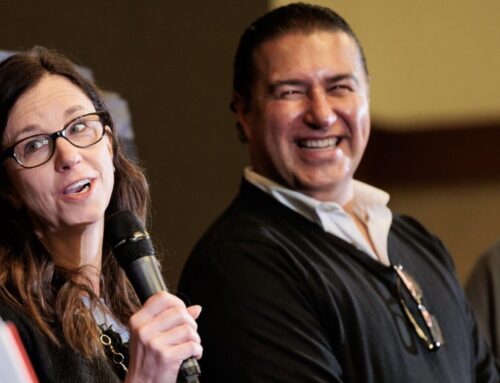Energy levels are a hot topic. There are different ways to optimise our performance. However, we often overlook recharging. Is this something we should focus on in Q1?
The power of recharging is something we tend to underestimate. And yet, strategies around performance curves and how we distribute our energy are not new at all. The need for unwinding, and the importance of Full On recharging, are part of the innate wisdom of human beings. While people may decide to ignore this powerful insight, the truth is that we all need to recharge to be our best self, personally and professionally.
For aeons, our ancestors analysed the power of recharging and, most importantly, the need for it. For example, Ayurvedic tradition pays a lot of attention to the functional energies in nature. These are called doshas, three different energy levels resulting from the five elements of air, earth, space, water, and fire. In this tradition, the months at the nexus of Winter and Spring are typically kapha, a slow and soft state. The Ayurvedic tradition would describe this as a time when the individual requires more time to fire up the agni, the energy activating vital functions. The practical contemporary translation of it is: recharging.

Full On recharging is what allows us to get more energy when we need it the most. And to get insights on how to observe and navigate our performance levels when energy is in abundance. As we just celebrated Lunar New Year, it’s very insightful to acknowledge how, in East Asian traditions, this is a moment to pray for a good harvest. From a business perspective, the start of the new year and Q1 is often a time to set up strategies and targets, and to navigate how to improve results in the new year.
The link between traditional harvesting and business revenues is recognisable. So why did we forget about recharging?
Better question is: when did we forget? Human beings are among the very few mammals not to hibernate. There is an evident evolutionary explanation to this: the first humans were tropical animals that never experienced glacial temperatures. Also, the control of fire and the use of the first forms of clothing was mastered by our ancestors in the Stone Age. Simply put, we have been very lucky and owned the “patent” for a very good idea. That’s how, with time, we forgot about recharging. Possibly, this can resonate with some high performing companies.

Do we still need to talk about recharging, then? The epidemic of burnout in the corporate world, and the staggering layoffs of early 2023 in leading companies like Amazon, Microsoft, Goldman Sachs, and Spotify, just to name a few, tell us that there is something we are not paying enough attention to. While finding a solution to a structural issue is definitely not as easy as saying “take a day off”, recharging should be part of a robust and sustainable strategy for high performing teams.
The cycle of high performance – being Full On, giving all our focus and abilities to a selected objective – cannot be complete without full on recharging. This is even more important as major economies including the US, EU, UK, and China are already experiencing economic compression, with financial analysts predicting a global recession. The prediction is that emerging economies and the G20 are not going to be immune from this either. Can recharging help companies to successfully overcome the challenge of recession? Possibly.
The suggestion is not to hibernate, and to hope for waking up in Spring to a Q2 with favourable market and business prosperity. Through this insight we can learn how to strengthen our resilience following the functional energies in nature, and the world around us, by including recharging in our strategy for Q1. Take this crucial step into account when focusing on your individual and organisational performance.





